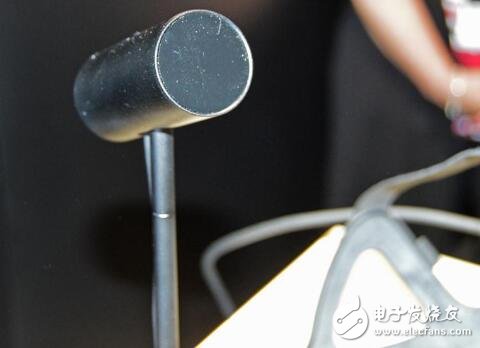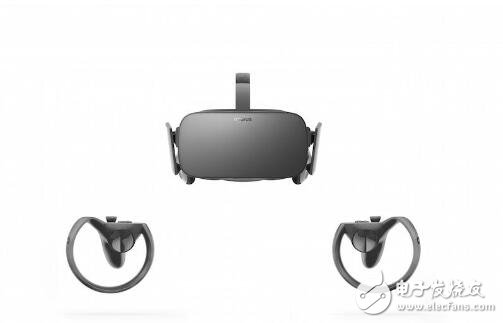Oculus Rift has another problem... In fact, for a VR hardware company, this issue is even more troublesome than the $500 million lawsuit: the tracking of the Rift helmet is problematic. Even the media asked: Is Oculus' positioning system ConstellaTIon a long-term strategic mistake?
Before answering this question, you must figure out exactly what ConstellaTIon is and how it works.
ConstellaTIon, a domestic translation into a "star group" and a translation of "constellation", is a means of locating users in a room. Let the computer know where the helmet and hand on the user's head are in 3D space. As long as you lean forward or lean back with your helmet, ConstellaTIon is basically playing.
Why is it called "Star Group"? Because there are a lot of infrared lights scattered on the Rift helmet and the touch handle. These markers are distributed like a constellation and are captured by Oculus' sensors, which detect the marked light frame by frame. These frames are then processed by the Oculus software on the computer to determine where the user is.
So where is the problem?

There are currently two major problems with Constellation tracking. The first is the long-standing "occlusion" problem.
If there is a table, a wall, or even your own hand between the infrared marker and the Rift sensor, the infrared marker will be blocked and tracking will become impossible. That's why the Touch ships with an extra camera, so users can put them in different areas, avoiding one hand blocking the other. But multiple sensors can't solve all the problems.
After the release of the Touch, the user can use three sensors to place around the play space to achieve an experimental "space range" positioning. Logically speaking, it should be that no matter which side the user is facing, at least one sensor can see a sufficient number of helmet infrared markers and two touch handles. But the reality is that larger sensor arrays cause positioning problems.

The problem seems to be focused on the software that drives Constellation itself. To solve these problems, Oculus released a 1.11 patch, but this patch does not currently fully address all of these tracking issues. In fact, for some people, there have been new problems.
With the release of a lot of heavyweight content, Rift's tracking and positioning problem has reached a point where it must be solved.
So is the Constellation tracking solution an error? For Oculus, is it supposed to sink in and develop a tracking platform like SteamVR for the old rival HTC Vive? Or are these positioning problems just a small flaw on the road to success?
Pin Header Connector,Pin Header Female,Male Header Pins,Right Angle Pin Header
Cixi Xinke Electronic Technology Co., Ltd. , https://www.cxxinke.com